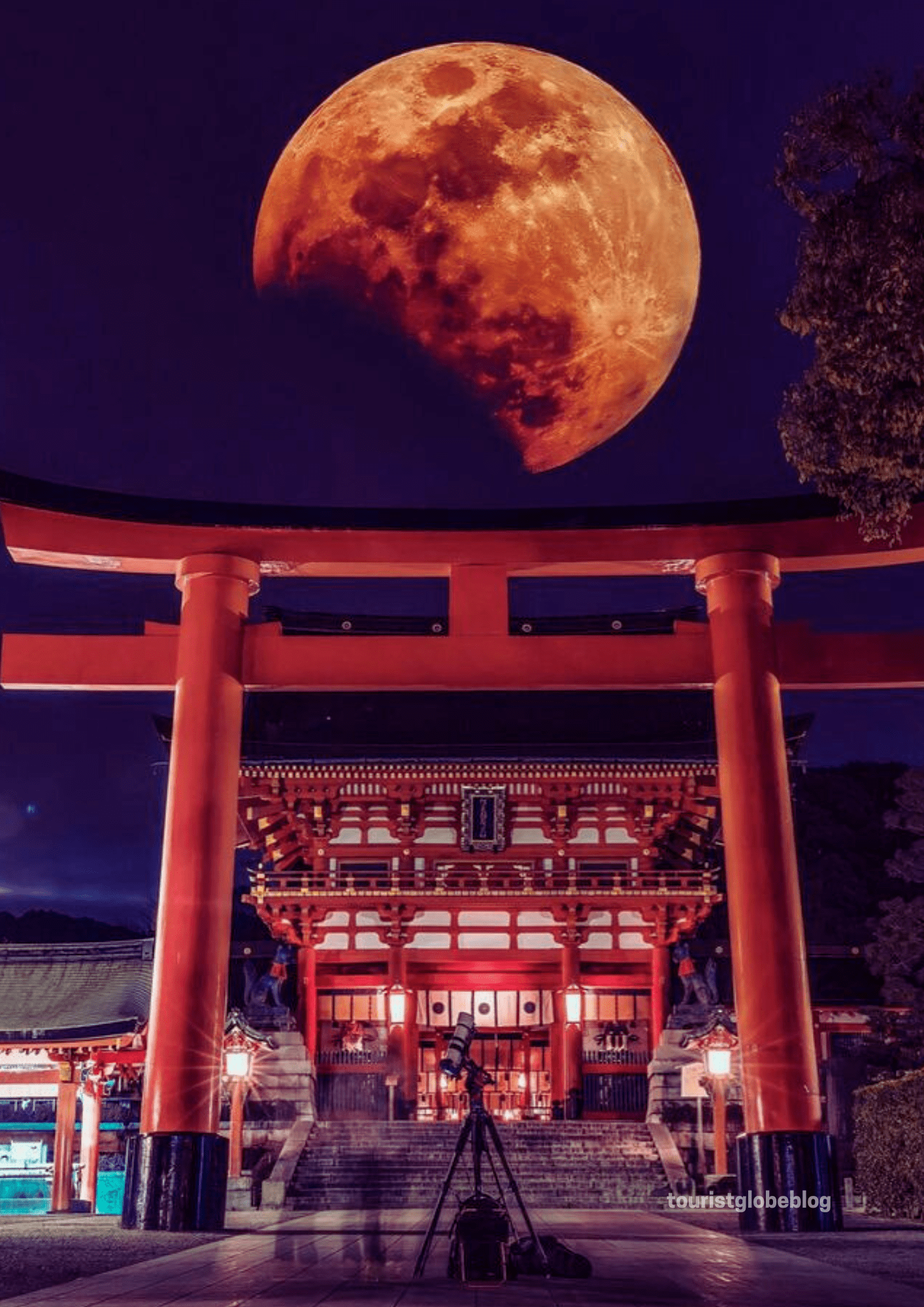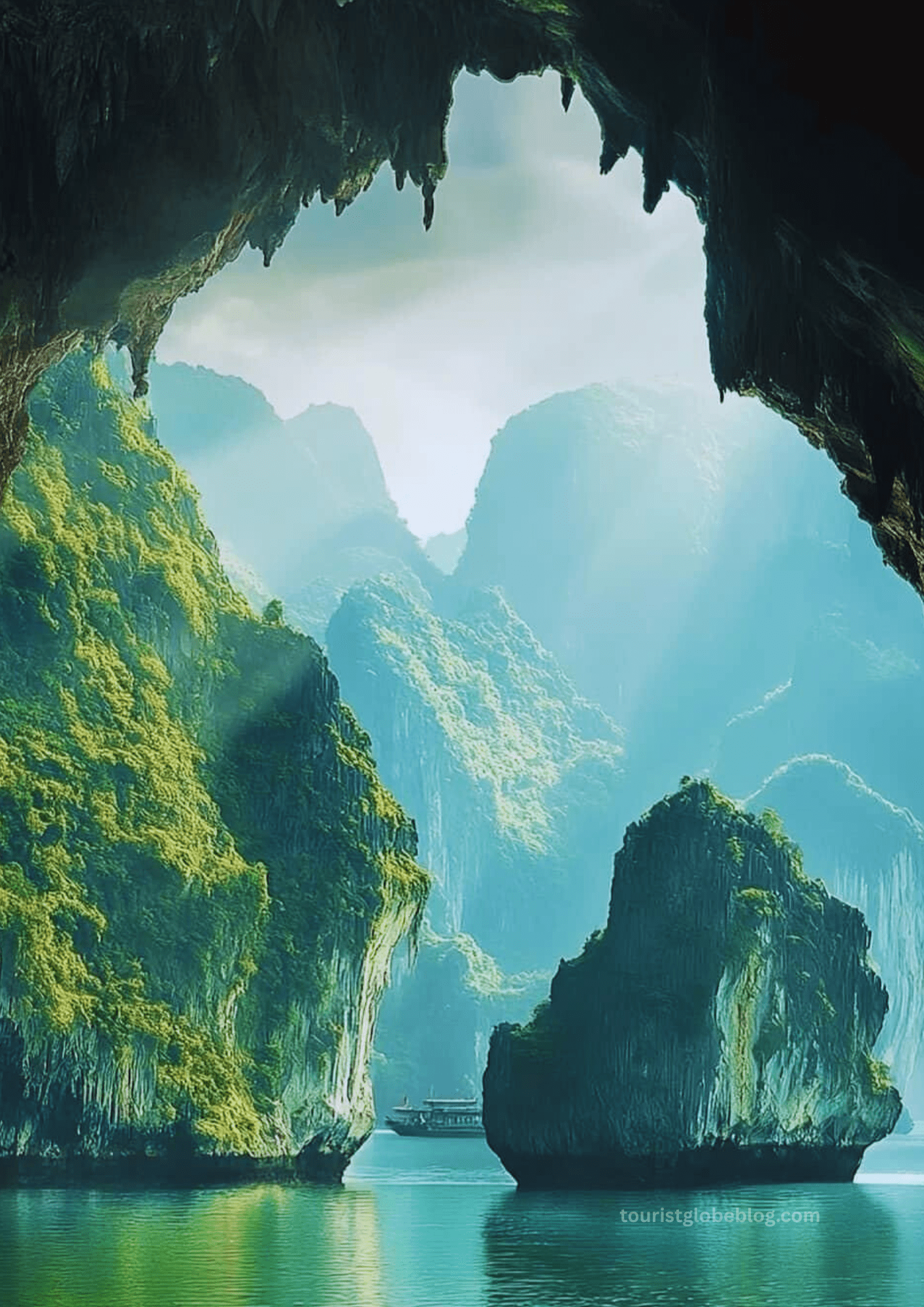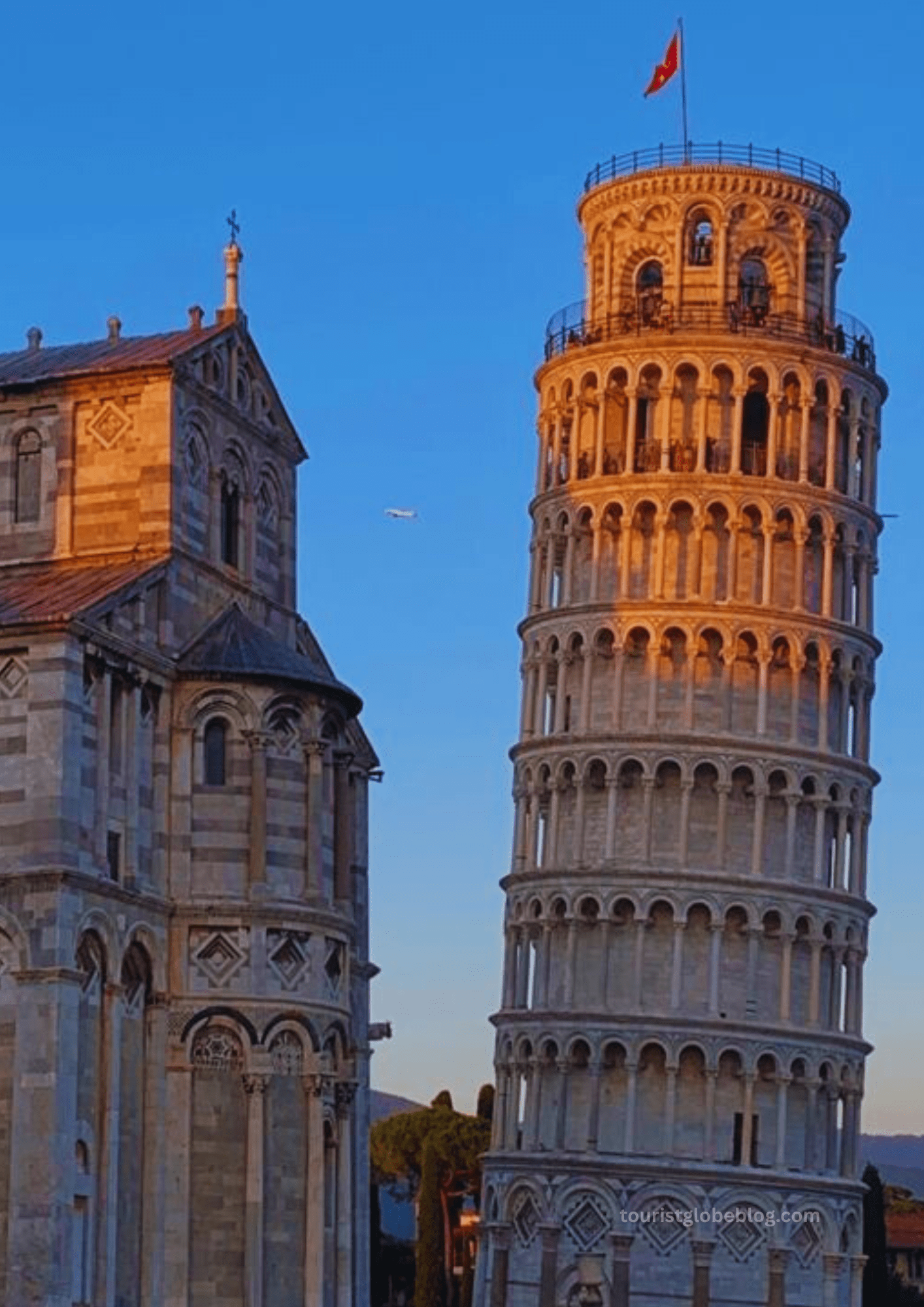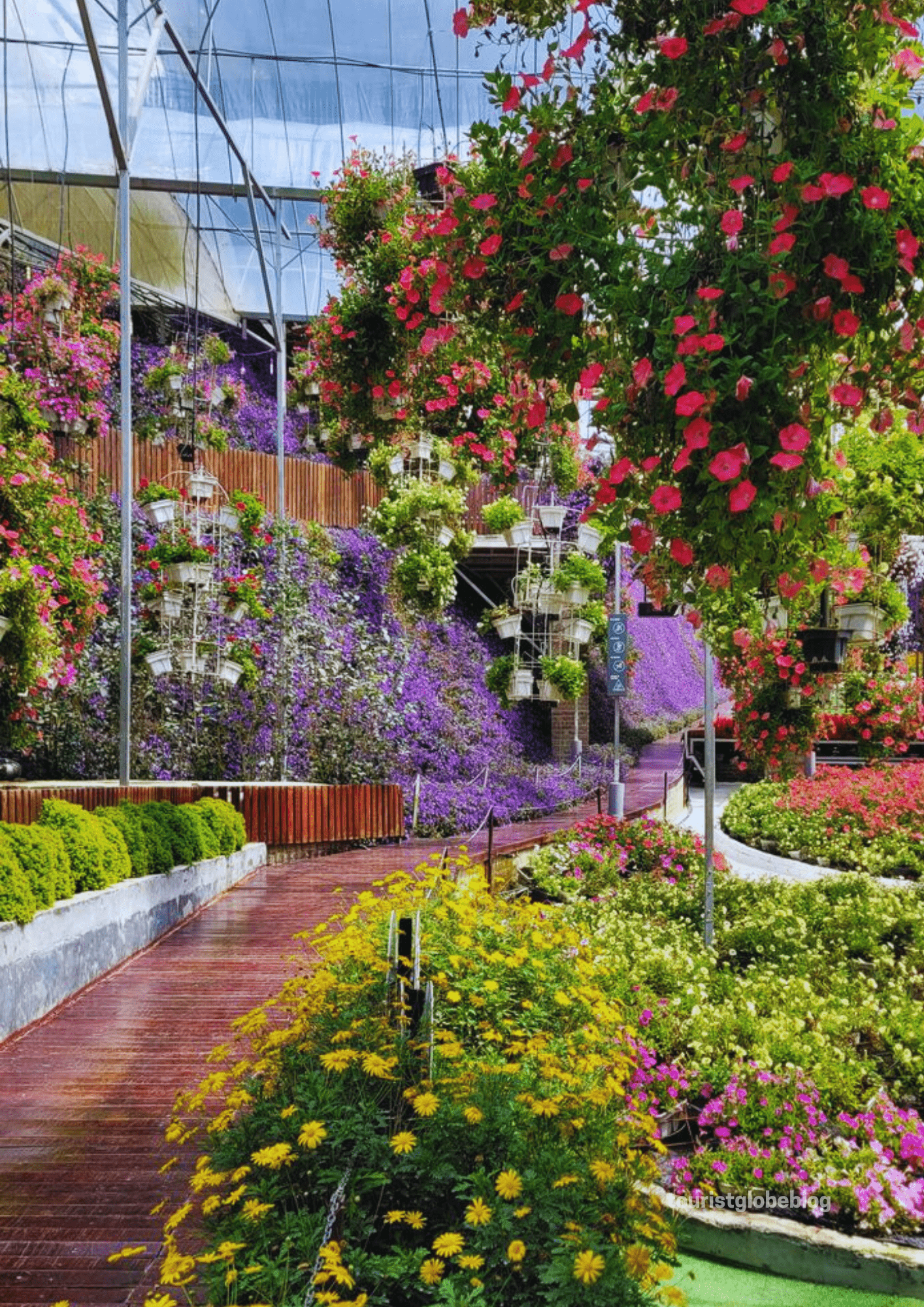At night, Hakone Shrine weaves a charm that stays with most visitors for a long time. Hakone Shrine is situated at the base of Mount Hakone, where the trees flourish, and is close to the serene beaches of Lake Ashi.
At night, when the sun goes down, it becomes a mystical, almost otherworldly place. The light lanterns, the sound of the wind through the old cedars, and the quiet beauty of the torii gate rising from the dark waters make it feel like a gateway to another universe. If you’ve ever wanted to know what Japan’s spiritual heart sounds like at night, Hakone Shrine is the place to go.
Who Would Enjoy Hakone Shrine at Night?
Hakone Shrine at night is excellent for people who want more than just sights:
- Couples who want a quiet and romantic setting
- People who are looking for spiritual experiences and are drawn to the mysterious beauty of holy places
- Photographers and videographers looking for interesting low-light shots
- Writers, philosophers, and those who want to be alone and desire a calm, moving place
- People who want to stay up late and go on adventures, and want more than just day excursions
- Travelers who are alone and reflecting on their lives
- The atmosphere at Hakone Shrine at night is excellent for everyone who loves inner serenity and profound beauty. It makes you feel emotions, think about yourself, and be in amazement.
Where to Stay Close By
You need to remain near Hakone Shrine at night to really experience it. There are a lot of places to stay nearby, from fancy ryokans to cheap ones:
- Luxury: Hakone Kowakien Ten-Yu has outdoor onsens with views of the forest and stars.
- Mid-range: Hotel Musashiya is a lovely place near Lake Ashi with a view of the torii gate.
- Budget: GuestHouse Azito is an excellent place for solitary travelers or groups searching for a good deal.
- You may tour Hakone Shrine at night without worrying about time if you stay the night. You might even want to go back at dawn to see the change back into light.
What and Where to Eat Near Hakone Shrine at Night: Eating near Hakone Shrine at night gives you warm, comfortable meals that are great for chilly nights.
- Hakone Akatsukian: A traditional place to eat handmade soba noodles
- Tamura Ginkatsutei is known for its katsudon made with tofu.
- Bakery & Table Hakone looks out over Lake Ashi and is an excellent place for early meals or hot coffee.
- At local izakayas, you may have hot sake and small portions of tempura, yakitori, and pickled vegetables.
- Nothing like warming yourself with Japanese food after a night walk through Hakone Shrine.
Best Places to Take Pictures / Instagrammable Corners
Even though it’s dark, Hakone Shrine at night has some theatrical photo spots—if you know where to look:
- The lighted-up torii gate near Lake Ashi is softly lit and eerily lovely.
- The lengthy stairs route with lamps on either side is perfect for melancholy long-exposure photos.
- A view of the shrine’s main hall from the side at night
- Foggy forest paths—often foggy at night, making fantastic shapes
- Lanterns shining on puddles of water on the margins of a lake
- To really capture the wonder of Hakone Shrine at night, you need a tripod and to position the camera manually.
What People Who Live Near Hakone Shrine Say About It at Night
People in the area have a lot of respect for Hakone Shrine at night. They see it as more than simply a monument; they see it as a living thing. People report that the shrine is calmer and stronger at night. The gentle light and lack of people make it easier for them to connect with the kami (gods) and nature.
If you want to find serenity, clarity, or spiritual refreshment, they typically suggest going to Hakone Shrine at night. For them, night visits are more than just pretty; they’re holy.
How to Avoid Common Tourist Mistakes
To get the most out of Hakone Shrine at night, avoid these typical mistakes:
- Not checking to see if things are accessible— Some routes may be dark or slippery.
- If all regions are open, Some areas may be closed at night, so look for signs.
- Plan your return trip carefully so you don’t miss the final ferry or bus.
- Arriving with a low battery, phones and cameras should be fully charged.
- Wearing shoes that are too loud or the wrong size. Being quiet and considerate is essential.
- If you plan ahead, you may have a pleasant, respectful experience visiting Hakone Shrine at night.
Helpful Tips for Budgeting
At night, Hakone Shrine is a great place to visit, and it doesn’t cost a lot of money:
- You don’t have to pay anything to get in.
- The Hakone Free Pass gives you access to buses, boats, and cable cars, which is a fantastic deal.
- You may get cheap cuisine like onigiri and hot beverages at convenience stores.
- Nearby souvenir stores provide handcrafted charms and tokens at reasonable prices.
- Guesthouses provide clean, traditional accommodations at prices that aren’t too high.
- A trip to Hakone Shrine at night shows that some of the best things to do in Japan are free.
Things to Bring to Hakone Shrine at Night
Plan ahead so you may have a comfortable and polite visit to Hakone Shrine at night:
- Wear layers of clothing since it can get cold at night, even in the summer.
- Shoes with a good grip for walking—stone steps can be slippery when they’re wet or dewy.
- Headlamp or flashlight, just in case, but the walkways are typically illuminated.
- Camera with manual settings: a must for taking pictures at night
- Raincoat or umbrella: Mist and unexpected rains are typical in Hakone.
- Small giving coins (¥5 or ¥10) are used when you want to pray.
- If you pack well, you won’t be distracted by anything else when you enjoy the splendor of Hakone Shrine at night.
Experiences that may be added nearby
If you’re going to Hakone Shrine at night, make the most of it by checking out the area around it:
- Lake Ashi Cruise (earlier in the day) — Beautiful sights and a sense of mystery
- The Hakone Checkpoint Museum lets you journey back in time to the Edo period.
- Hakone Ropeway at sunset: Beautiful hues before your night visit.
- Onsen soaks: Many ryokans include hot baths that are great for relaxing after visiting a temple.
- The Hakone Open Air Museum is a mix of art and nature that is best viewed during the day.
- These stops close by provide for the perfect day-to-night itinerary in Hakone, with Hakone Shrine as the main event at night.
Cultural and Environmental Etiquette Checklist
Follow these rules to show respect for the holiness of Hakone Shrine at night:
- Speak quietly or not at all—being quiet makes the experience better.
- Don’t touch or climb on the shrine constructions.
- Do not walk into dark regions of the forest—stay on routes and stairs.
- Don’t use intense camera flashes; instead, use a lengthy exposure to take polite pictures.
- Even if you can’t understand Japanese, pay attention to the signs (icons are universal).
- Even if you’re not religious, think about saying a little prayer. It’s all about the purpose.
- If you follow these basic regulations, you will preserve the peaceful ambiance of this location at night for everyone who visits.
Over time, how Hakone Shrine looks at night has changed.
Even though Hakone Shrine has been there at night for hundreds of years, it has just lately started to get attention from people throughout the world. Those who used to admire it locally and a few spiritual pilgrims. Now, it’s becoming known as a place for those who want to connect more deeply and experience something beautiful that isn’t often seen.
This location is easier to go to at night than ever because of the provision of soft lighting and safer paths. However, the shrine still maintains its original spirit. Modern improvements have made it safer while keeping its old spirit.
People in the area agree that the heart of this place at night never changes, even as the world does.
Personal Experience and Final Thoughts
I wasn’t sure what to anticipate when I strolled near Hakone Shrine at night. I got shivers the instant I saw the torii gate lit up against the dark waters of Lake Ashi. It was peaceful, not completely silent, but holy. It looked like the trees were listening. The wind moved slowly, as if it were in awe.
I felt like I was stepping through time as I climbed the stone stairs, which were lit by lanterns that looked like old stars: o people, no hurry, no noise. Here was only myself, the trees, the shrine, and something more which I felt amazing.
You don’t know the whole narrative if you’ve only visited shrines during the day. The story’s heart is this location at night. It doesn’t yell for your attention. It speaks softly to your spirit. This place was the best time I have ever had in my life.
If you’re a traveler, a creative, a seeker, or just someone who needs tranquility, This place at night is more than just a sight to view. It’s a place to experience. o there. Take a bite. Let the night alter you.
The real truth is you can safely go there after dark because it is a quiet place with no crime.





